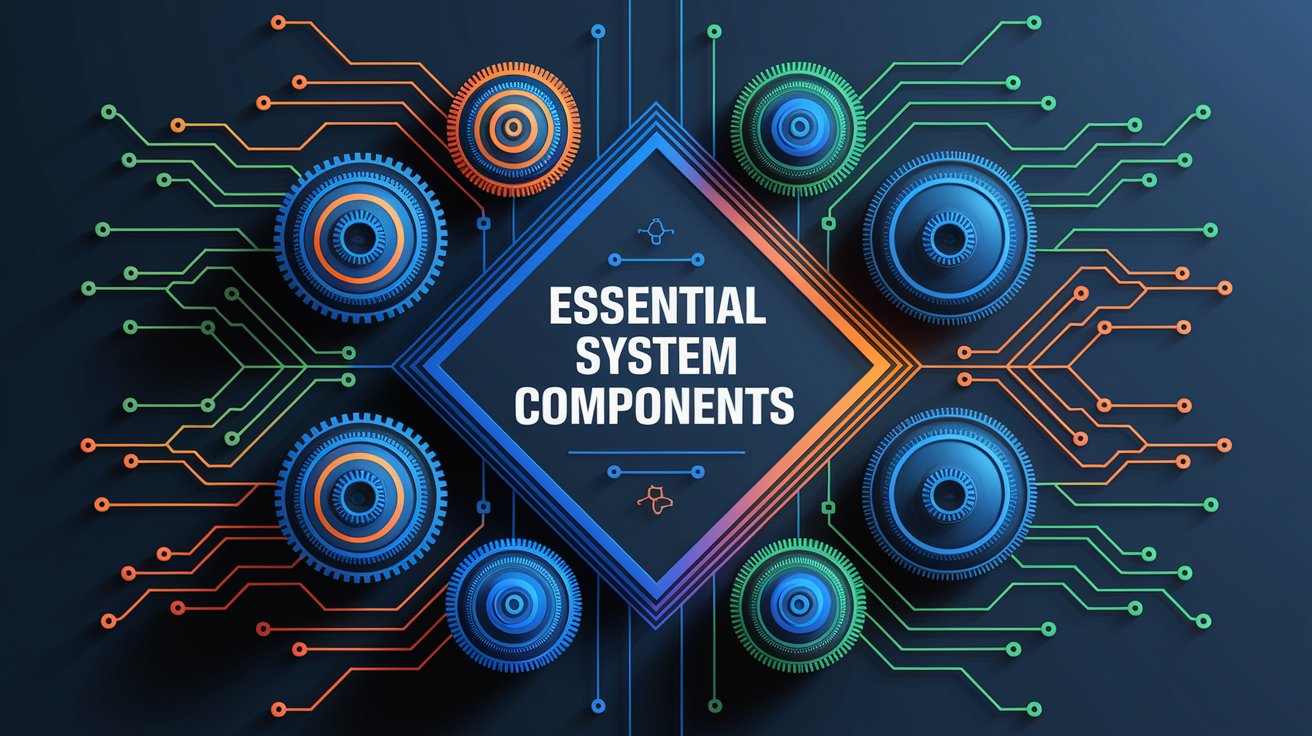Sun-Powered Networks: Solar Solutions for Telecom and Edge Infrastructure
Dawn of Solar-Powered Connectivity
The global telecommunications industry is turning to the sun as a strategic energy source for critical infrastructure. From rural cell towers to compact edge computing facilities, operators are increasingly deploying photovoltaic systems to secure reliable, sustainable, and cost-effective power. Traditionally reliant on diesel generators or grid electricity, telecom companies face mounting pressures from rising energy costs, stricter carbon emission regulations, and the challenge of powering remote sites. Solar energy offers a cleaner alternative, enabling telecommunications infrastructure to reduce dependence on fossil fuels, achieve renewable energy targets, and maintain grid independence in off-grid scenarios.

Key Benefits for Telecom and Edge Sites
Solar-powered telecom solutions yield both economic and operational advantages. Reduced reliance on diesel fuel and volatile grid pricing directly lowers operating expenses, while dependable battery storage systems ensure continuity of service during nighttime and poor weather conditions. By cutting greenhouse gas emissions, operators can demonstrate commitment to environmental impact reduction and corporate sustainability. These systems offer reliable power supply in challenging locations, from high-humidity coastal zones to dusty desert installations, and are adaptable to both macro telecom towers and micro edge computing facilities.

- Energy cost savings: Lower fuel consumption and minimal grid usage.
- Carbon footprint reduction: Significant cuts in greenhouse gas emissions.
- Operational reliability: Robust hybrid power solutions mitigate solar intermittency.
- Scalability: Modular PV configurations support future capacity expansion.
Essential System Components
Typical solar installations for telecom towers range between 4 kilowatt-peak (kWp) and 8 kWp in capacity, depending on load requirements. Key components include:

- Solar panels: High-efficiency modules designed to withstand environmental stressors.
- Solar inverters: Converting DC generated by panels to usable AC power.
- Battery storage: Energy storage systems to cover periods without sunlight.
- Charge controllers: Advanced power management systems with maximum power point tracking to optimize energy harvesting.
- Hybrid power integration: Solar-diesel hybrid or solar-grid hybrid setups for sustained reliability.
Environmental resilience is critical. Systems must be engineered for durability against temperature fluctuations, humidity, dust, and wind; meanwhile, remote monitoring capabilities allow operators to perform power consumption optimization and preventive maintenance from afar.
Planning and Deployment Strategies
Successful deployment hinges on comprehensive site assessment. Factors such as solar irradiance, shading analysis, roof or ground mount availability, and local climate guide system sizing and technology choice. Battery capacity should be calculated to ensure adequate power backup in low-light conditions. Operators benefit from hybrid configurations that guarantee continuity of service while increasing energy efficiency.

Modular designs offer flexibility, allowing network expansion without redesigning the entire power system. Smart grid integration and sophisticated energy management systems can further increase performance, reduce diesel use, and maintain reliable power supply for mission-critical communications.
Real-World Applications
In sub-Saharan Africa, telecom networks are increasingly adopting off-grid solar systems to power remote cell towers far from utility connections. According to industry reports, these systems deliver savings of up to 40% on operating costs compared to diesel-only configurations. In India, telecom operators have rolled out solar-diesel hybrid solutions for rural infrastructure, cutting fuel consumption and operational disruption. Meanwhile, edge computing facilities in North America are exploring rooftop solar installations supported by lithium-ion battery banks to process data with minimal latency and environmental impact.
Emerging trends also point to future space-based solar power concepts, with the potential to provide continuous clean energy supply to satellite communication networks and terrestrial edge sites.
Nightfall: Charting the Future of Solar-Driven Networks
The march toward solar-powered networks reflects the telecommunications sector’s commitment to green energy solutions and energy autonomy. With advancements in solar panel efficiency, energy storage systems, and intelligent power management, operators can expect greater ROI and resilience against fuel price volatility and grid outages. While obstacles remain—upfront capital expense, maintenance needs, and environmental exposure—the revenue and sustainability payoff is compelling.
As edge computing grows and demand for reliable power surges, solar energy will play a pivotal role in telecom site electrification, distributed power generation, and eventually integrating into next-generation smart grids. The forecast is clear: tomorrow’s telecommunications infrastructure will be increasingly powered by clean energy technology, bringing sun-driven connectivity to even the most remote corners of the world.







